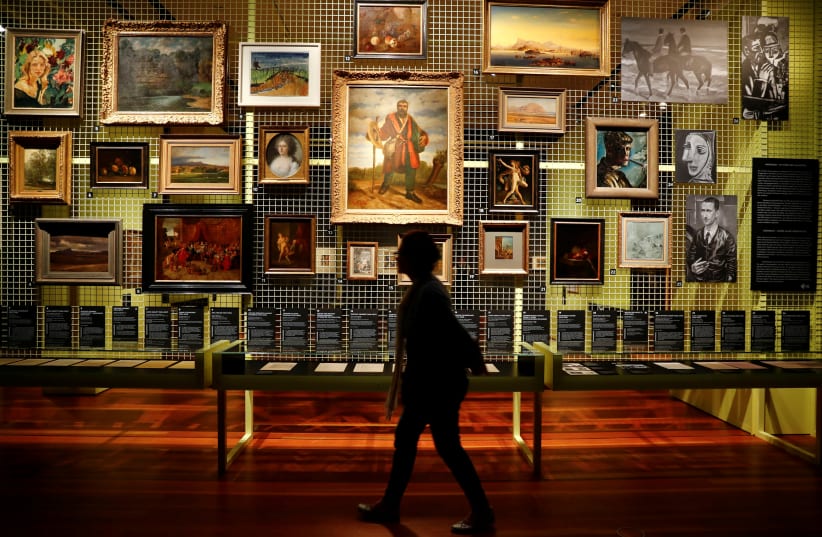The Thyssen-Bornemisza Museum in Madrid acquired the artwork, titled “Rue St.-Honore, Apres-Midi, Effet de Pluie,” in 1992.
Lilly Cassirer reportedly did not know the painting was still in existence when she accepted a reparations payment of $13,000 for the painting from the German government in 1958. She did not waive her rights to the art.
In 2005, Cassirer’s grandson Claude sued for restitution after discovering the piece in the museum in 1999. Lilly Cassirer’s father-in-law, Julius, had purchased the painting from Pissarro. Claude Cassirer died a couple years ago but his son David continued the lawsuit.
A three-judge panel of the 9th Circuit Court of Appeals in Pasadena, California, ruled in a unanimous decision Monday that the painting should remain the museum’s property, The Associated Press reported. The decision upholds a federal court ruling in April 2019.
Cassirer’s family can appeal to the full 9th Circuit Court or to the US Supreme Court.
Baron Hans Heinrich Thyssen-Bornemisza acquired the painting in 1976 from a New York gallery for $275,000. It’s been on display since the museum opened in late 1992, after the baron gave his collection to the Spanish government. He died in 2002.
The painting was insured for over $10 million.
Thyssen-Bornemisza was criticized for not more thoroughly researching the painting’s provenance.
